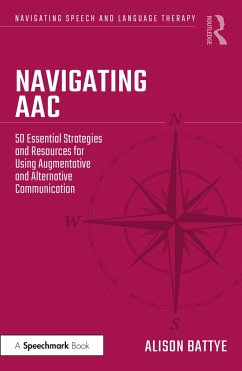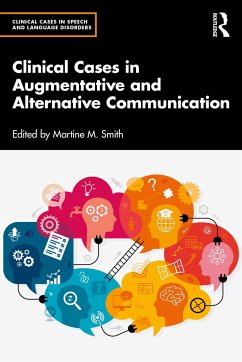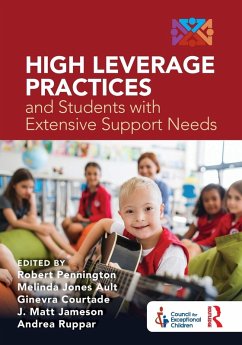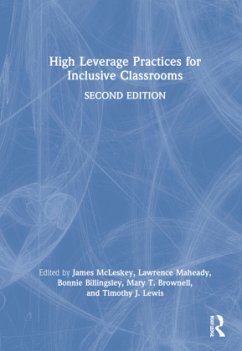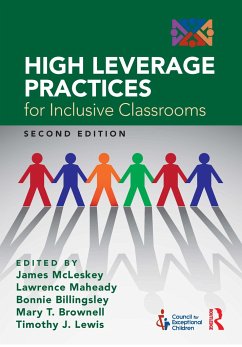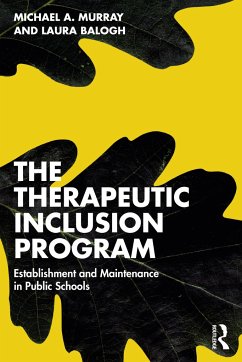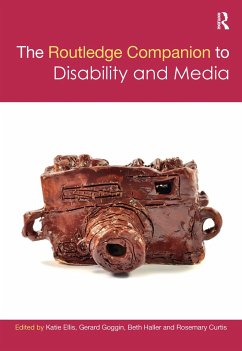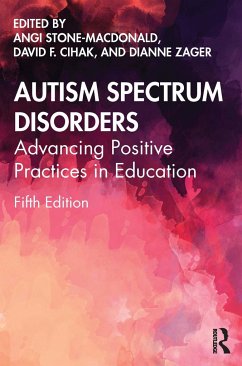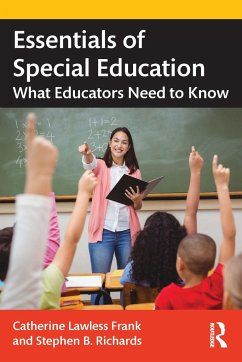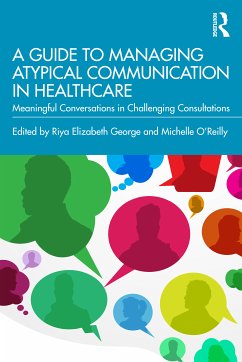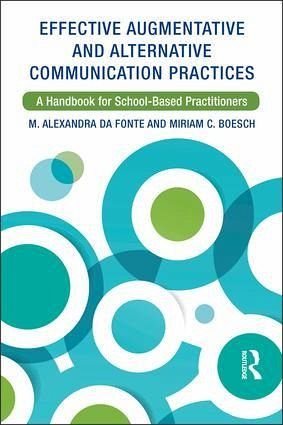
Effective Augmentative and Alternative Communication Practices
A Handbook for School-Based Practitioners
Versandkostenfrei!
Versandfertig in 6-10 Tagen
36,99 €
inkl. MwSt.
Weitere Ausgaben:

PAYBACK Punkte
18 °P sammeln!
Effective Augmentative and Alternative Communication Practices provides a user-friendly handbook for any school-based practitioner, whether you are a special education teacher, an augmentative and alternative communication (AAC) consultant, assistive technology consultant, speech language pathologist, or occupational therapist. This highly practical book translates the AAC research into practice and explains the importance of the use of AAC strategies across settings. The handbook also provides school-based practitioners with resources to be used during the assessment, planning, and instructio...
Effective Augmentative and Alternative Communication Practices provides a user-friendly handbook for any school-based practitioner, whether you are a special education teacher, an augmentative and alternative communication (AAC) consultant, assistive technology consultant, speech language pathologist, or occupational therapist. This highly practical book translates the AAC research into practice and explains the importance of the use of AAC strategies across settings. The handbook also provides school-based practitioners with resources to be used during the assessment, planning, and instructional process.




